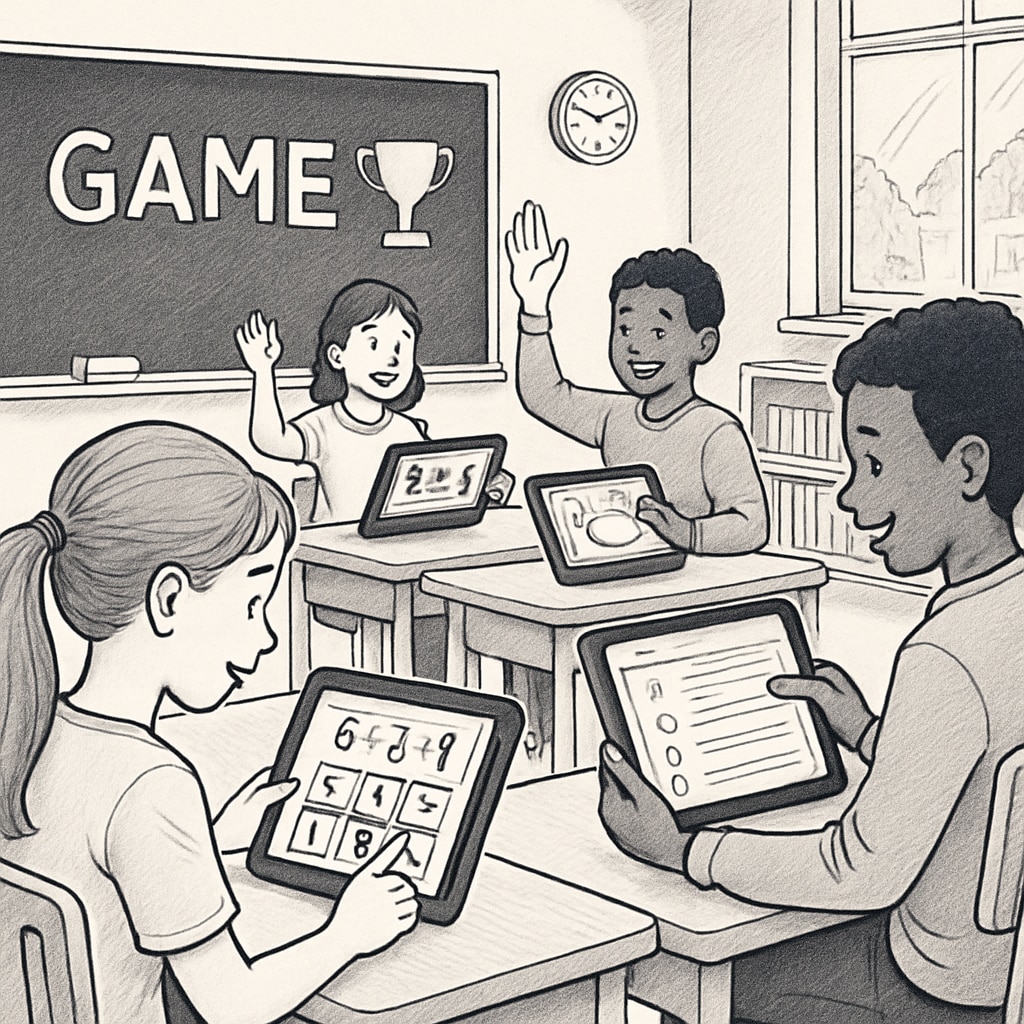The K12 education sector faces numerous challenges daily, encompassing education pain points, tool demand, and student educator feedback. From managing time effectively to fostering motivation amid limited resources, both educators and students alike often struggle to navigate these obstacles. Fortunately, advancements in technology offer innovative solutions to address these persistent issues, ultimately empowering the education landscape.
Key Challenges in K12 Education
Understanding the core challenges faced by educators and students is the first step in identifying effective solutions. Here are five major pain points that frequently hinder progress:
- Time Management: Teachers juggle lesson planning, grading, and administrative tasks, while students struggle to balance academics with extracurricular activities.
- Organization: Both educators and learners often face difficulties in organizing materials, assignments, and schedules effectively.
- Communication Barriers: Miscommunication between teachers, students, and parents can create confusion and hinder collaboration.
- Motivation Deficiency: Staying motivated amidst academic pressures and distractions is a common challenge for students.
- Resource Limitations: Lack of access to quality teaching materials and technological tools affects both educators and students.

How Digital Tools Address Education Pain Points
Digital tools have revolutionized the education sector, offering targeted solutions to mitigate these challenges. Here’s how technology can assist:
- Time Management Software: Tools like Google Calendar or dedicated apps like Trello help educators and students prioritize tasks and streamline schedules.
- Organizational Platforms: Learning management systems (LMS) such as Canvas or Moodle enable efficient storage and management of educational materials.
- Communication Apps: Platforms like Zoom, Microsoft Teams, and ClassDojo facilitate seamless interactions between teachers, students, and parents.
- Gamified Learning: Apps like Kahoot and Duolingo engage students through interactive and fun learning experiences, boosting motivation.
- Resource Accessibility Tools: Open educational resources (OER) and platforms like Khan Academy provide free, high-quality learning materials to bridge resource gaps.

Student Educator Feedback on Tool Effectiveness
Feedback from the K12 community highlights the positive impact of these tools:
- Improved Collaboration: Communication apps have streamlined interactions, ensuring clarity and teamwork.
- Enhanced Engagement: Gamified tools consistently motivate students and make learning enjoyable.
- Optimized Workflows: Organizational platforms reduce the clutter and save time for educators.
- Boosted Accessibility: Resource platforms democratize education and empower marginalized communities.
However, challenges remain, including the need for proper training to use these tools effectively and ensuring equitable access to technology for all students.
In conclusion, addressing education pain points through targeted digital solutions can significantly enhance the K12 learning experience. By leveraging technology, educators and students can overcome everyday obstacles, fostering a more productive and engaging environment for all.
Readability guidance: Short paragraphs and lists ensure clarity. Transitions like “however,” “therefore,” “for example,” and “in addition” are strategically used to maintain flow. Passive voice is minimized, with an emphasis on active phrasing.


